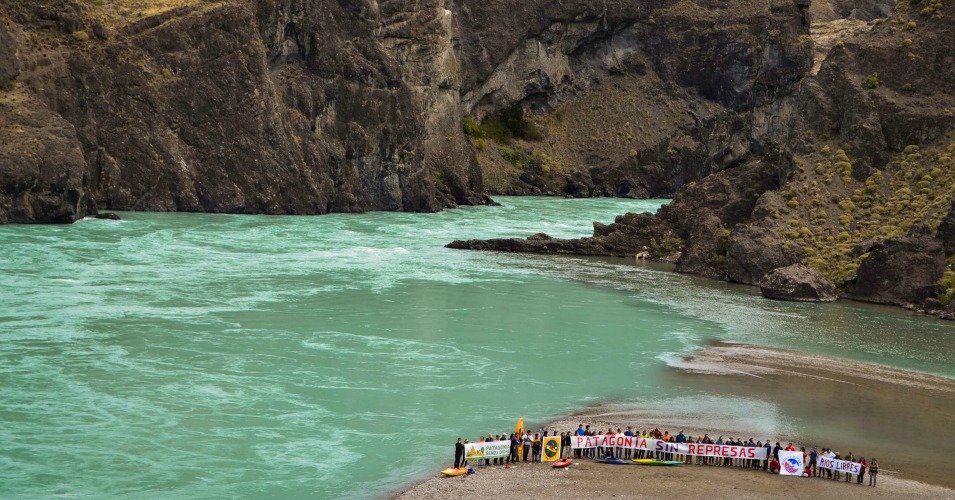
An Institute for Marine Mammal Studies veterinary technician examines a dead bottlenose dolphin that was found on Ono Island. Photograph: Patrick Semansky/AP
Published on Thursday, December 19, 2013 by Common Dreams
'I've never seen such a high prevalence of very sick animals'
In the year following the massive BP oil disaster in the Gulf of Mexico, dolphins in the area developed severe lung disease, hormonal abnormalities and other deadly health problems that are likely linked to the toxic oil contamination, according to a report published Wednesday.
"I've never seen such a high prevalence of very sick animals — and with unusual conditions such as the adrenal hormone abnormalities," lead scientist Dr. Lori Schwacke said in a National Oceanic and Atmospheric Administration press release.
After examining dolphins in the Gulf following the disaster, scientists from NOAA found prevalent symptoms indicative of "petroleum hydrocarbon exposure and toxicity."
According to the report, which was published in the journal Environmental Science & Technology, half of the dolphins examined were given "guarded or worse" prognoses and at least 17% will die from their exposure.
"While we have seen an unusual number of dolphin deaths during and after the spill, this report verifies that the oil took a larger toll on dolphins," Jacqueline Savitz, a vice president of the international ocean conservation and advocacy organization Oceana, told the Huffington Post. "Oil production in the Gulf has had a much larger toll on the ecosystem than many people realize."
The samples were taken from Barataria Bay, the most heavily affected area in the Gulf after the spill, and were compared to samples taken from Sarasota Bay, Florida, which was not directly affected. The scientists stopped short of saying BP's oil was without a doubt the cause of the dolphin's plight, but they did conclude that the Louisiana dolphins were five times more likely to develop moderate to severe lung disease than the Florida dolphins.
“There’s disease in any wild population. But I just haven’t seen animals in such bad shape as in Barataria Bay,” the wildlife epidemiologist for NOAA’s Hollings Research Laboratory in Charleston, S.C., said during a teleconference Wednesday.
And as Suzanne Goldberg at the Guardian reports:
Government scientists and conservation groups had been concerned from the outset about the effects on marine life of the vast amounts of oil that entered the water.
But Wednesday's study […] produced the strongest evidence to date of the effects of the spill on marine life.
Meanwhile, as BP released a statement disputing the NOAA's claims, the oil giant reported this week that they have made another "significant oil discovery" in the Gulf of Mexico, the first of its kind since the Deepwater oil disaster.
BP also noted that 2013 has been its most "successful" year for oil discoveries, with seven out of 15 wells investigated showing potential for profit.
_______________________


